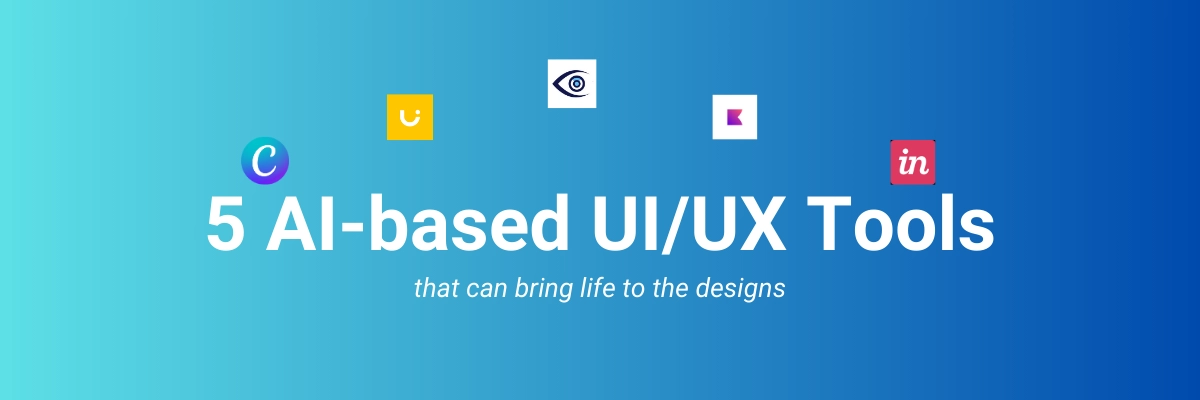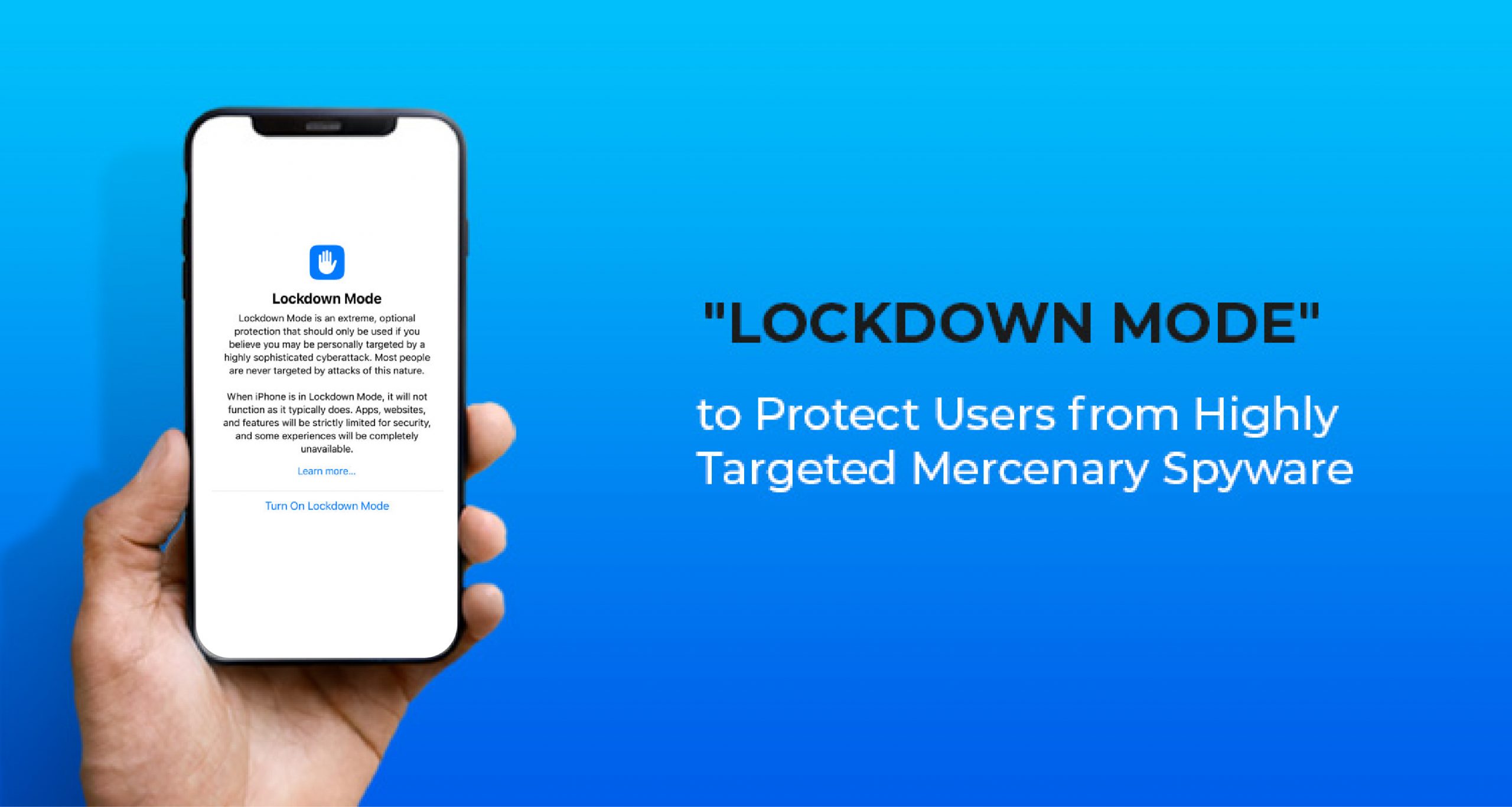Intro
Trials are meant for failure or success. MVP development for a business is all about gaining real-time insight into market demands. The process must be fast, time stringent, and cost-saving. Often the designers fail to follow the agile process which results in meaningless time and money waste. Here, integrating lean UX development can radically make the process of product development improved and on time.
What is MVP?
Today’s many renowned brands started their journey with MVP development like Airbnb and Amazon.
A Minimum Viable Product or MVP is the initial version of a functional product with minimum features launched for a quick market test. While building an MVP it must be kept in mind that it should contain only those features which are only user-centric.
Before releasing the final set of complex and advanced features an MVP lets the owner understand the actual need in the market. It is the easiest form to get real-time feedback on a newly launched product. MVP does not let one launch a product in the market without any customer reaction clue. Be market-ready and develop a final product that can bring the utmost user satisfaction. Mentionable, it also helps the designers to learn to identify which can attract the customer or user attention faster also better.
Why UI/UX is needed to develop MVP?
UX design plays a crucial role while designing MVP. UX designing is mainly based on empathizing with the user so the product is in its best condition to be easy and engaging. The UX designing process and MVP development are about gradual changes and continuous development. Therefore, both can be compared to a process of testing the business growth. UX design is tedious including various stages like scientific methods observation, forming a hypothesis, testing and collecting data, analyzing the results, and then accepting or rejecting the hypothesis. Many businesses hesitate to adopt UX designing for MVP development. Often, extracting this part away can hinder the success rate of MVPs.
Lean UX MVP is one of the extensive solutions which cuts the MVP for startup process short and makes it cost-saving. It only includes co-relating with ideas, building, and coding, measuring data, and learning. Minimum Viable Product fits well with the Lean UX designing process. MVP is not just a prototype as it is a fully functional product. Similarly, Lean UX MVPs are also market-ready products. This UX design also more focuses on the user experience and less on deliverables. Using Lean UX design for MVP development is an agile development method mainly focused on three stages. The stages are: build, measure, and learn.
Building MVP
The first step towards building the Lean UX MVP is researching. Good grasp over various new points for any new product or existing product, research is always a safe option. Various UX research methodologies help in identifying customer pain points. Rather than building a product on common assumptions the design is focused more on development. A crude wireframe is developed for testing and this provides clarity to the problems better. For MVP development, the collaborative process of building a product concept while solving design problems can be effective.
Measuring insight
The second step of lean UX MVP development is to measure the testing usability. After releasing the MVP in the market a huge data is collected from real-time user feedback and reaction. The businesses can measure if the MVP is a successful or a failed attempt. The next set of actions is determined from this stage. For the successful MVP, the business starts the product launch preparations adding more functional areas for the final product. Developments and improvements are done to build the product more user-friendly.
Learning from responses
Learning from the responses and fixing the set of actions for the developed product is one of the most crucial factors of lean UX design. Ensuring the product can achieve maximum success rate with continuous development and improvements. The learning governs which features and functions can be continued in the product or needs to be removed through every iteration.
Key Principles of Lean UX Design MVP Development
Lean UX designing is adopted for MVP development as it involves less documentation production to make the process time-saving. Leveraging user feedback and iterative validation is possible with this process.
Above mentioned three stages of build, measure, and learn are the main framework of this designing process. Involvement of the maximum number of contributors and stakeholders for a diverse perspective of the developed product helps in fixing the issues and developing a better version.
With a time-boxed method, the entire process is more effective and faster than comparing to any other. Also, a product that empathizes with the users and is built as per their choice has always a higher success which can only be possible with lean UX design MVP development.
Conclusion
Lean UX designing is adopted for MVP development as it involves less documentation production to make the process time-saving. Leveraging user feedback and iterative validation is possible with this process.
Above mentioned three stages of build, measure, and learn are the main framework of this designing process. Involvement of the maximum number of contributors and stakeholders for a diverse perspective of the developed product helps in fixing the issues and developing a better version.
With a time-boxed method, the entire process is more effective and faster than comparing to any other. Also, a product that empathizes with the users and is built as per their choice has always a higher success which can only be possible with lean UX design MVP development.
For more tech related blog follow us on medium.








